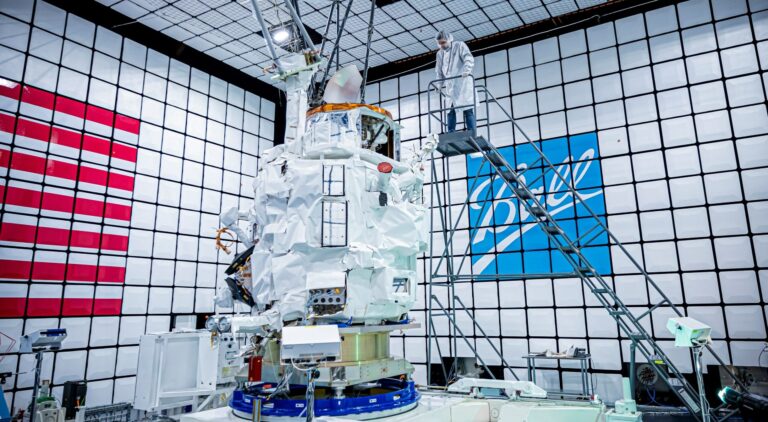Ball Aerospace has concluded testing on the Weather System Follow-on – Microwave (WSF-M) satellite, representing the completion of the first of two satellites being delivered for the US Space Force’s Space Systems Command next-generation operational environmental satellite system.
WSF-M will provide the US Department of Defense with critical data meant to fill gaps in existing space-based environmental monitoring, such as the speed and direction of ocean winds, tropical cyclone intensity, ice thickness, snow depth and soil moisture. The satellite is scheduled to launch early next year from Vandenberg Space Force Base in California.
Hope Damphousse, vice president, Strategic Operations, Ball Aerospace, said, “The completion of the WSF-M satellite is an important milestone in Ball Aerospace’s ongoing mission to protect what matters most. The data this satellite gathers will be invaluable in ensuring our nation’s warfighters across all domains have the environmental intelligence they need to properly plan and execute their vital missions.”
As the prime contractor on the project, Ball Aerospace designed, built and integrated the spacecraft bus, ground data processing software and the microwave imager (MWI) – the primary instrument on the satellite that uses passive radiometric measurements at multiple microwave frequencies to collect environmental data. The satellite will also host a government-built energetic charged particle (ECP) sensor that will provide space weather measurements in low-Earth orbit.
Last year, Ball Aerospace was awarded a follow-on contract to build and deliver a second WSF-M satellite, which is expected to be completed in early 2026.



